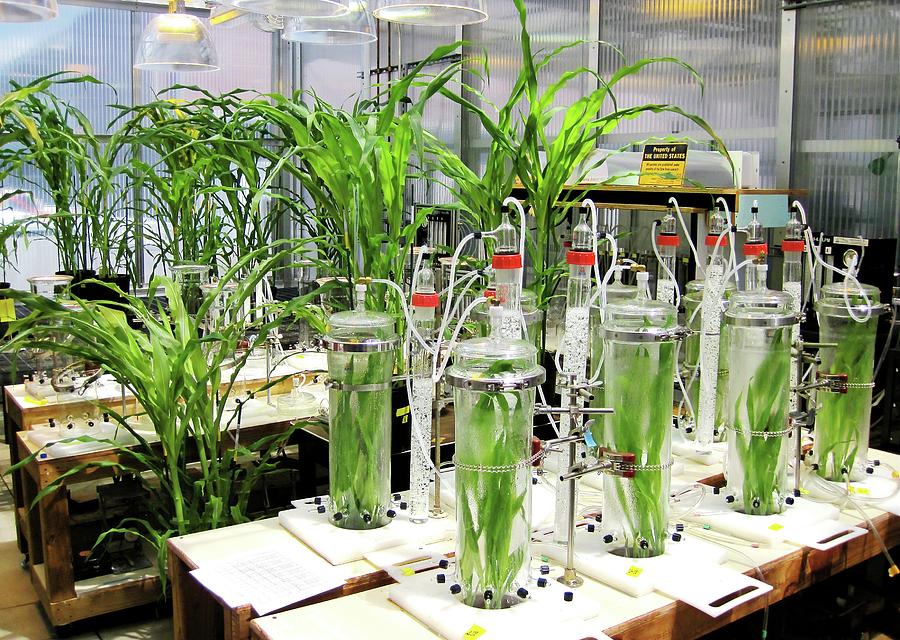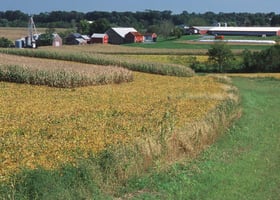The National Corn Growers Association (NCGA) welcomed the reintroduction of The Next Generation...
Three Main Components Causing the Digital Agriculture Revolution

The farming industry is undergoing a digital revolution, according to Dr. Gajendra Pratap Singh, Principal Investigator and Scientific Director at Disruptive & Sustainable Technologies for Agricultural Precision (DiSTAP) at Singapore-MIT Alliance for Research and Technology (SMART), MIT’s research enterprise. “Thanks to the large-scale availability of sensors, cameras and other mobile and computing technologies that we could only dream of in the past, growers now have great amounts of data at their disposal,” he told FreshPlaza.
In Dr. Singh’s view, there are three main components that are causing the digital revolution in agriculture. Firstly, there is the availability of affordable and portable sensors that enable growers to monitor their crops more closely. Secondly, communication technology has allowed growers to be in closer contact with each other and with suppliers. But most of all, the massive availability of data analytics that the use of Artificial Intelligence (AI) technology allows for is helping to make smart decisions on time and increase productivity.
“AI technologies allow real-time interpretation of crop health data obtained from field sensors. Sensors in irrigation systems have been designed to provide water only when no rain is forecast, just to give one example. This both saves water and improves crop yield,” Dr. Singh explains.
The wealth of useful information that new technologies provide can also be used to breed resilient crops to withstand plant diseases. “In my view, AI technologies combined with sensor and mobile communication technologies have the potential to empower farmers like never before in history,” Singh said. “This way, the huge amounts of data obtained from plants using novel sensors can help to increase farm productivity, develop new heat-tolerant varieties of crops, and to curtail the predicted food shortage due to climate change and population increase.”
EDITOR’S TAKE:
From the time humans first placed a seed in the ground and it grew to maturity, innovation has been the key to improving efficiency and productivity. This article takes it to yet another level suggesting how the sensors, communication technology and artificial intelligence can combine to provide farmers and scientists with real-time data that will direct plant breeding programs to make future improvements. The same is true for fruits, vegetables and livestock operations. Add to this the amazing capabilities of genetic engineering and the potential is staggering. With nearly 9 billion people predicted to occupy this planet by the year 2050, requiring nearly double our current output from the same acreage, technology will certainly be a critical essential factor in meeting those demands. Making sure you help support farmers in your area by supporting agricultural research at land grant universities and other research entities should be a high priority. Farmers/ranchers will recognize your support and the public will benefit as well.








